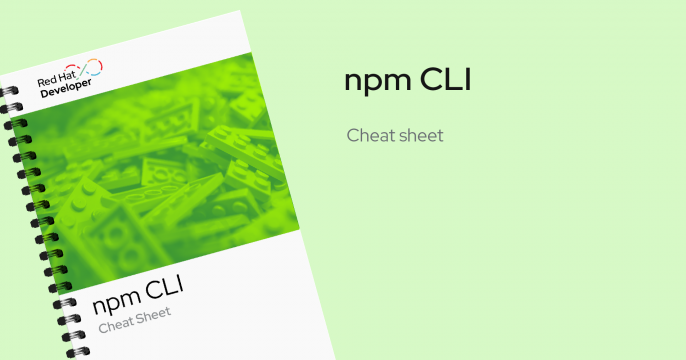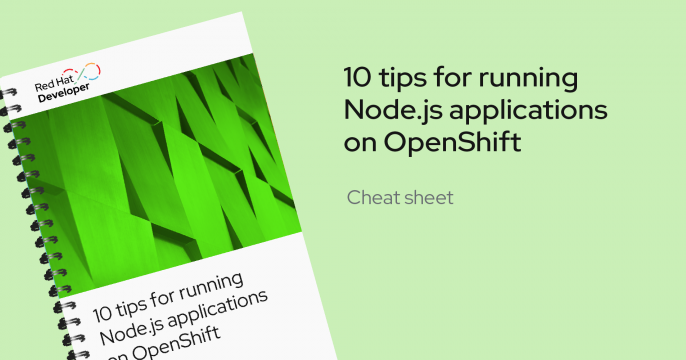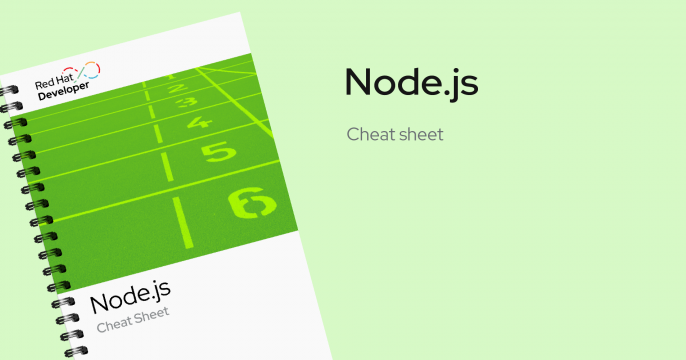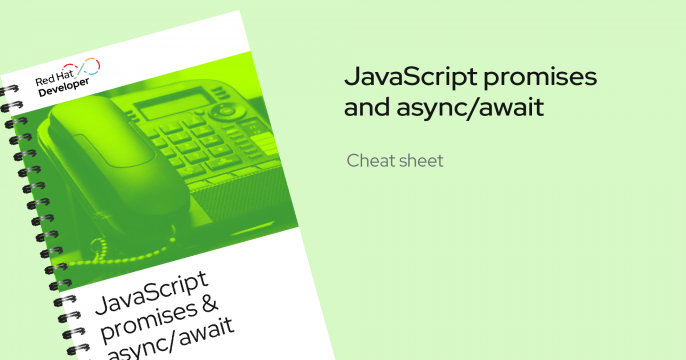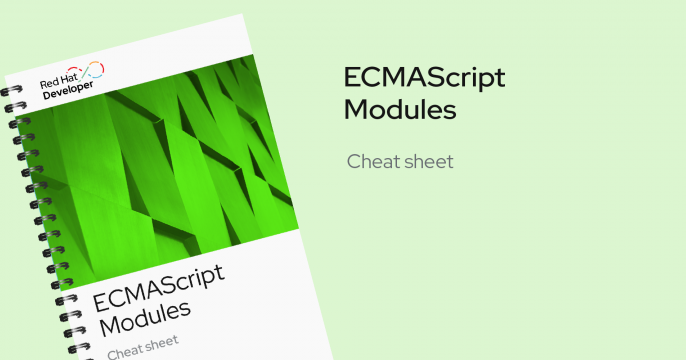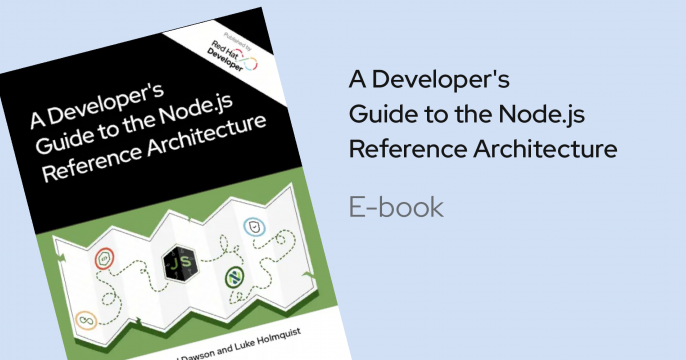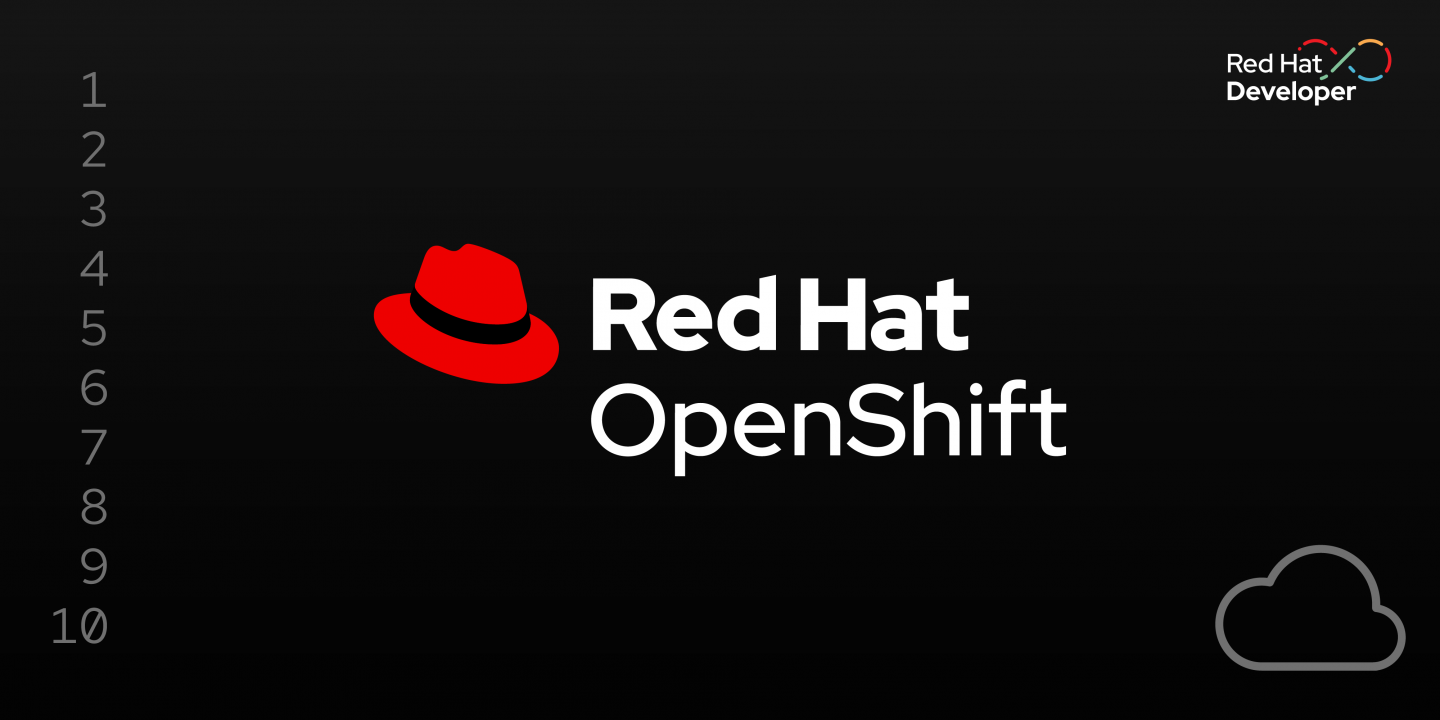Node.js: Build scalable applications with high developer productivity
Node.js. is an open source JavaScript runtime environment designed to build modern scalable applications.
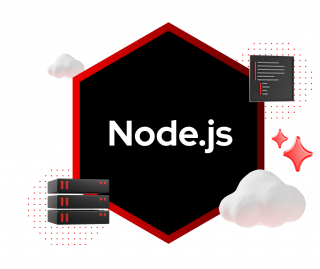
Integrate AI and large language models into Node.js applications
Artificial intelligence (AI) and large language models (LLMs) are becoming increasingly powerful tools for building web applications. As JavaScript and Node.js developers, it's important to understand how to fit into this growing space. This article offers a curated list of essential AI tutorials that will help you get started on your path to understanding AI and LLMs.
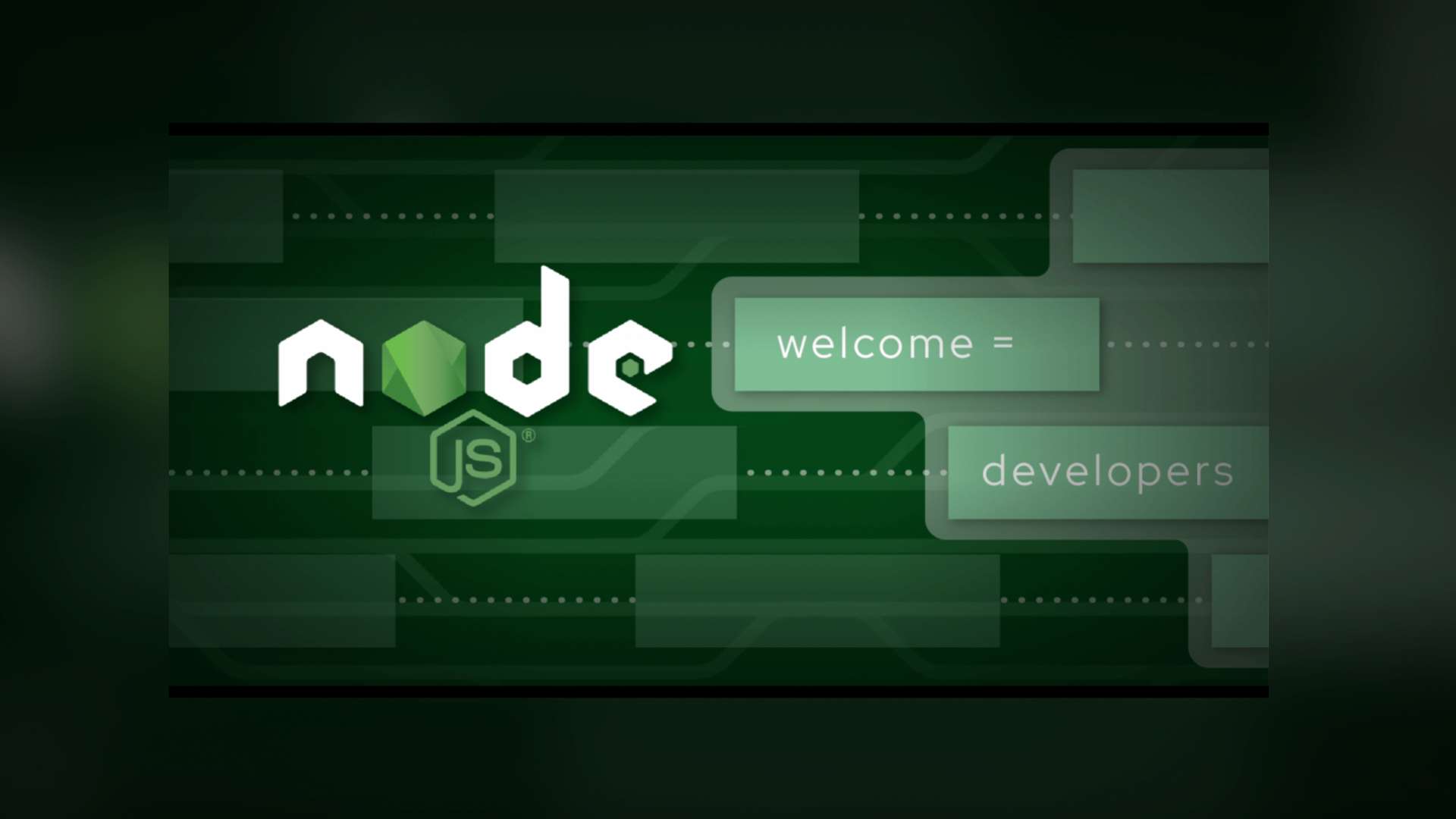
Node.js community
Red Hat is very active in the Node.js community, working in areas that are important to our customers including diagnostics, platform support, stable and predictable releases, and more while at the same time working to ensure that Node.js is well supported on Red Hat Enterprise Linux and OpenShift. To learn more about Node.js and our work at Red Hat, we invite you to watch this video and read through the sections on this page and the pointers to additional information that they provide.
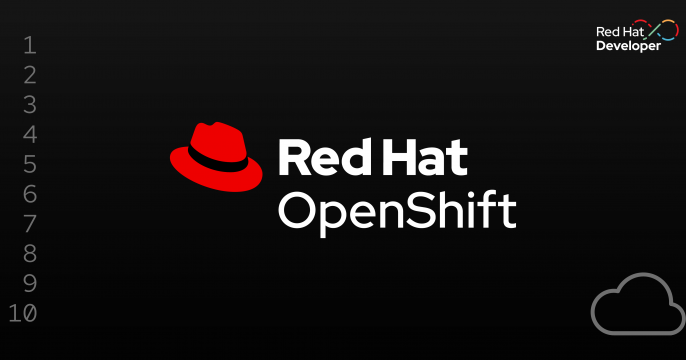
This track provides an introduction to cloud-native development with Node.js...


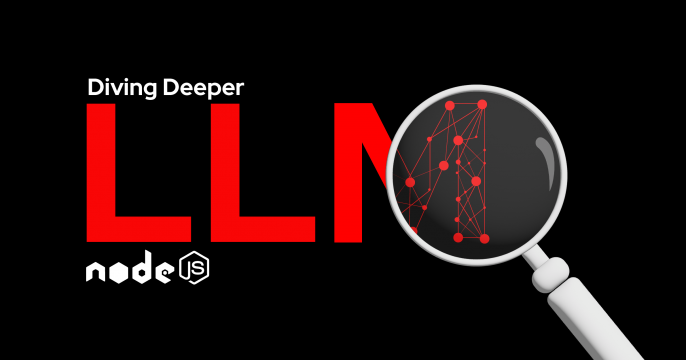
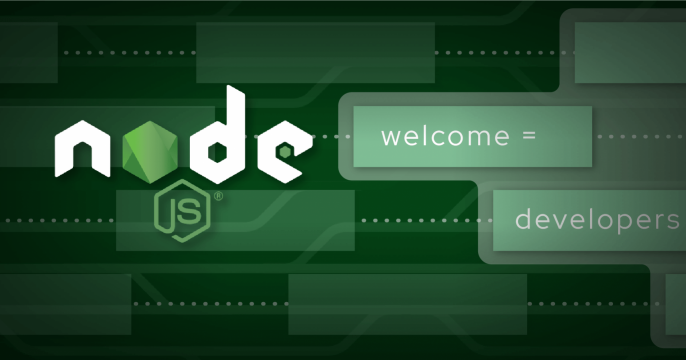
Explore how to run tools with Node.js using Llama Stack's completions API,...

Podman AI Lab, which integrates with Podman Desktop, provides everything you...

This article discusses how to troubleshoot the build and deployment issues of...

Learn how to run applications build with Paketo Buildpacks and Red Hat UBI...

Explore large language models (LLMs) by trying out the Granite model on...

Learn how to build applications with Paketo buildpacks and Red Hat Universal...
